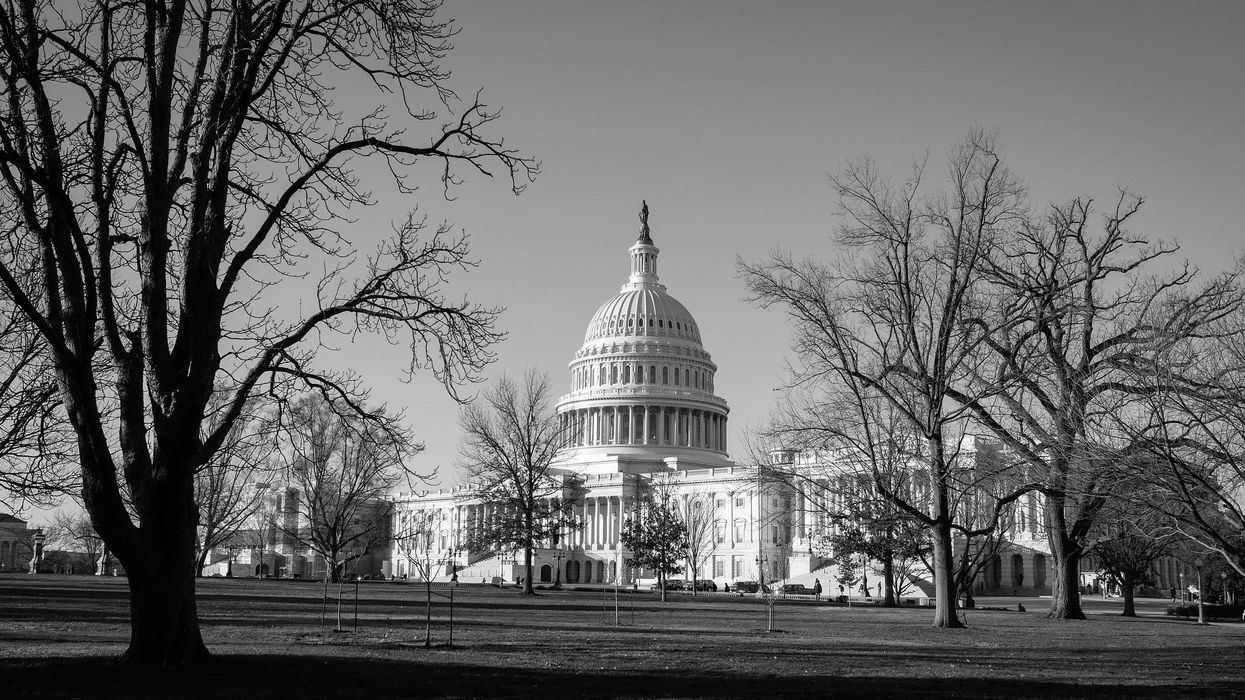
How to explain – and build on – the examples of successful two-party solutions in the recent past, even as the level of partisanship and vitriol continues to skyrocket?
The answer is a paradox wrapped in a riddle, surrounded by a classic Washington mystery whodunit, and it is the who that explains why we have seen a refreshing series of bipartisan breakthroughs even as the extremes of both parties continue to set far too much of the debate in Washington and in our national politics.
Before delving into that who, let us review the what. Here are the major bills recently passed with significant support from both parties:
As you can see, these new laws covered foreign and domestic issues, high-profile matters and more obscure ones, and areas in which the achievement of consensus in the current climate is a bit shocking as well as areas in which the ability of members of Congress and the White House to reach agreement was less surprising.
What these bills all had in common was the human connections that made them a reality.
Often these laws were propelled forward by the two signature institutions created by No Labels: the bipartisan Problem Solvers Caucus in the House and what we call “the bicameral,” the friendly and productive relationships we have fostered between senators and House members of both parties in which they communicate on a regular basis about the substance, tactics, and strategy involved with major legislation.
While much of the rest of Washington (and almost all of the conflict-hungry media) focuses on the extremes of both parties, the workhorses among No Labels’ allies on Capitol Hill have put their collective heads both down and together to produce landmark deals that are making a true difference in the real lives of real people.
These members of Congress have been able to do this despite – or maybe because of – the level of attention given to folks on the extremes, such as Marjorie Taylor Greene and Alexandria Ocasio-Cortez. With the spotlight shining brightly elsewhere, warriors for two-party solutions, such as Problem Solvers Caucus Co-chairs Josh Gottheimer and Brian Fitzpatrick in the House and Senators Bill Cassidy and Kyrsten Sinema, have frequently moved legislation through the various phases of the process in a quiet manner.
From identification of a problem, to researching the best solutions, to private negotiations about what to draft into a bill, to give-and-take based on a commitment to respect, no poison pills, and no preconditions, to expanding coalitions by briefing colleagues on the substance, to developing a political strategy to get measures passed by both chambers and signed into law – our congressional allies have proven that good policy can be good politics, and vice versa.
On bills related to infrastructure, gun safety and mental health, semiconductor production, veterans’ health, and more, problem-solving legislators have used their capacity to produce solid public policy to overcome the opposition of the extremes, the fiefdom concerns of committee chairs, and the all-too-frequent opposition of their party leadership.
The media often diminishes the chances of these bands of two-party solution mavens to get anything done, typically using the term “gangs” to describe the participants – and they do not mean “gang” in a positive sense. The press has also too frequently failed to appreciate how these deals have been originated, how they gather force and momentum, and, ultimately, how they have overcome the opposition of all the forces in our current system who are incentivized to stop anything resembling common cause.
And even as we celebrate both the bipartisan nature of these accomplishments and the substantive achievements embedded in the legislative language on behalf of the American people, we also know the implications of these breakthrough moments failing to actually break the hold the extremes have on our two major parties and on the legislative process.
In the daily course of business in Washington, in our political media, and the relationships between members of both parties in the capital and around the country, intense partisanship and talk of a civil war persist, even as these bipartisan bills pass. It is almost as if there are two parallel universes, in which the events that take place on one planet have no connection to or impact on the events that take place on the other.
So even as we applaud the great work of our allies in Congress and hope they can champion even more, we are concerned.
Concerned that fighting for two-party solutions is still far more difficult than it should be.
Concerned that those who vote for such bills still far too often face reflexive censure from their own tribe, often with career-ending consequences.
Concerned that presidents and legislative leaders of both parties too often turn to the partisan path because of pressure.
And concerned that the bipartisan legislative successes we have cheered for are not fundamentally changing the culture or incentives in the current system that empower the extremes at the expense of the tens of millions of Americans who would like to see change.
That is why No Labels is working hard to make sure the American people can vote to put a team in the White House starting in January of 2025 who will take the baton from our congressional allies and regularly – with purpose, pride, and persuasion – fight for two-party solutions as the rule, not the exception.



